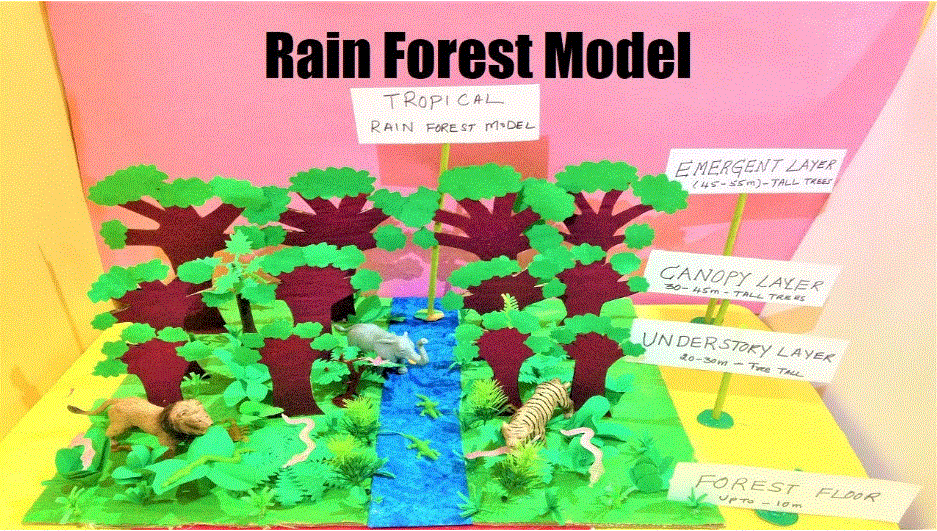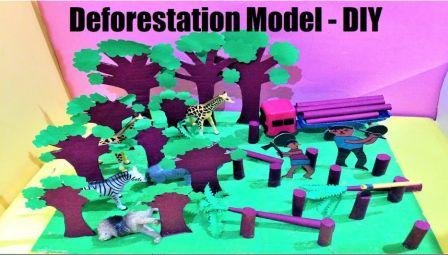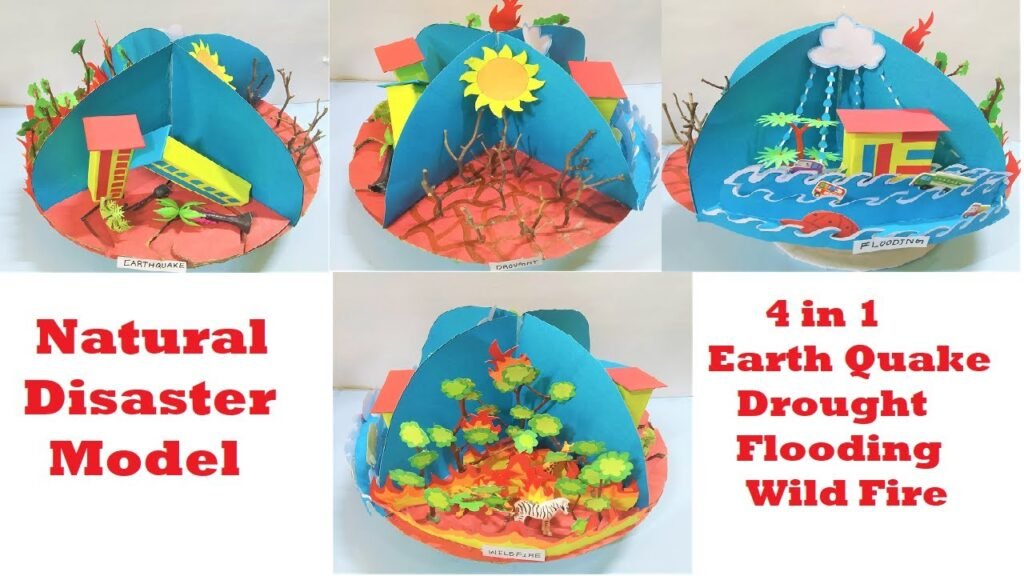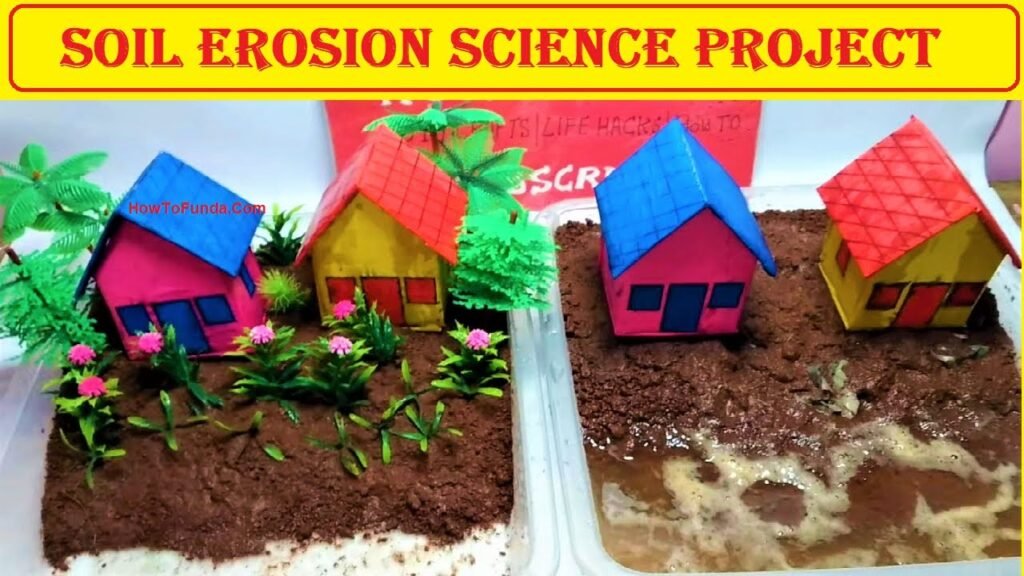Contents:
- Introduction
- Definitions and Differences
- Causes of Deforestation
- Effects of Deforestation
- Importance of Afforestation
- Methods of Afforestation
- Case Studies
- Government Policies and Initiatives
- Role of Technology in Afforestation and Deforestation
- Sustainable Practices and Solutions
- Conclusion
- References
1. Introduction
Forests play a crucial role in maintaining ecological balance and supporting biodiversity. This project aims to explore the concepts of afforestation and deforestation, their causes and impacts, and the importance of sustainable practices to conserve forests.

2. Definitions and Differences

2.1. Afforestation
- Definition: The process of planting trees in areas that have not been forested for a long period.
- Purpose: To create new forests, enhance biodiversity, and combat climate change.
2.2. Deforestation
- Definition: The removal or clearing of forests, usually to make way for agricultural or urban development.
- Consequences: Loss of habitat, decreased biodiversity, and increased greenhouse gas emissions.
3. Causes of Deforestation

3.1. Agricultural Expansion
- Explanation: Forests are cleared to create farmland for crops and livestock.
3.2. Logging
- Explanation: Trees are cut down for timber and paper products.
3.3. Urbanization
- Explanation: Forests are cleared to build cities, roads, and infrastructure.
3.4. Mining
- Explanation: Forest land is cleared for mineral extraction.
4. Effects of Deforestation

4.1. Environmental Impact
- Loss of Biodiversity: Destruction of habitats leading to species extinction.
- Climate Change: Increased CO2 levels due to reduced carbon sequestration.
- Soil Erosion: Loss of tree cover leads to soil degradation.
4.2. Social Impact
- Displacement of Communities: Indigenous and local communities lose their homes and livelihoods.
- Loss of Resources: Decreased availability of forest resources like fruits, nuts, and medicinal plants.
5. Importance of Afforestation

5.1. Environmental Benefits
- Biodiversity Conservation: Provides habitat for wildlife.
- Climate Regulation: Trees absorb CO2, helping to mitigate climate change.
- Soil Protection: Prevents erosion and maintains soil fertility.
5.2. Economic Benefits
- Resource Availability: Provides timber, fruits, and other forest products.
- Employment Opportunities: Creates jobs in tree planting and forest management.
6. Methods of Afforestation

6.1. Tree Planting
- Explanation: Planting native and suitable tree species in designated areas.
6.2. Agroforestry
- Explanation: Integrating trees and shrubs into agricultural landscapes.
6.3. Reforestation
- Explanation: Replanting trees in deforested areas to restore forest cover.
7. Case Studies
7.1. Successful Afforestation Projects
- Example: The Great Green Wall in Africa aims to combat desertification and improve livelihoods.
7.2. Impact of Deforestation
- Example: Amazon Rainforest deforestation and its global impact on biodiversity and climate.
8. Government Policies and Initiatives
8.1. National Policies
- Examples: Forest Conservation Act, National Afforestation Program.
- Objectives: Protect forests, promote sustainable forestry practices, and encourage tree planting.
8.2. International Agreements
- Examples: The Paris Agreement, REDD+ (Reducing Emissions from Deforestation and Forest Degradation).
- Objectives: Foster global cooperation to reduce deforestation and promote afforestation.
9. Role of Technology in Afforestation and Deforestation
9.1. Remote Sensing and GIS
- Explanation: Monitoring forest cover changes and planning afforestation projects.
9.2. Drones and Aerial Seeding
- Explanation: Using drones to plant trees in inaccessible areas.
9.3. Biotechnological Advances
- Explanation: Developing fast-growing and disease-resistant tree species.
10. Sustainable Practices and Solutions
10.1. Community Participation
- Explanation: Involving local communities in afforestation and forest management.
10.2. Sustainable Agriculture
- Explanation: Practices like agroforestry that reduce the need for deforestation.
10.3. Legal and Policy Measures
- Explanation: Enforcing laws against illegal logging and promoting forest conservation.
11. Conclusion
Afforestation and deforestation are critical issues that impact the environment and human society.
While deforestation poses severe risks to biodiversity and climate stability, afforestation offers a sustainable solution to restore ecosystems and combat climate change.
Collaborative efforts involving government policies, technological advancements, and community participation are essential for the effective conservation of forests.

